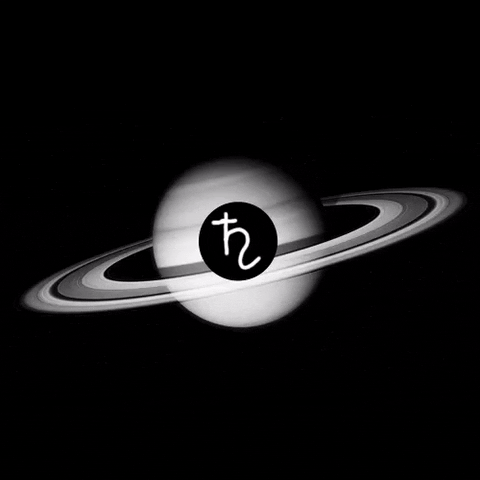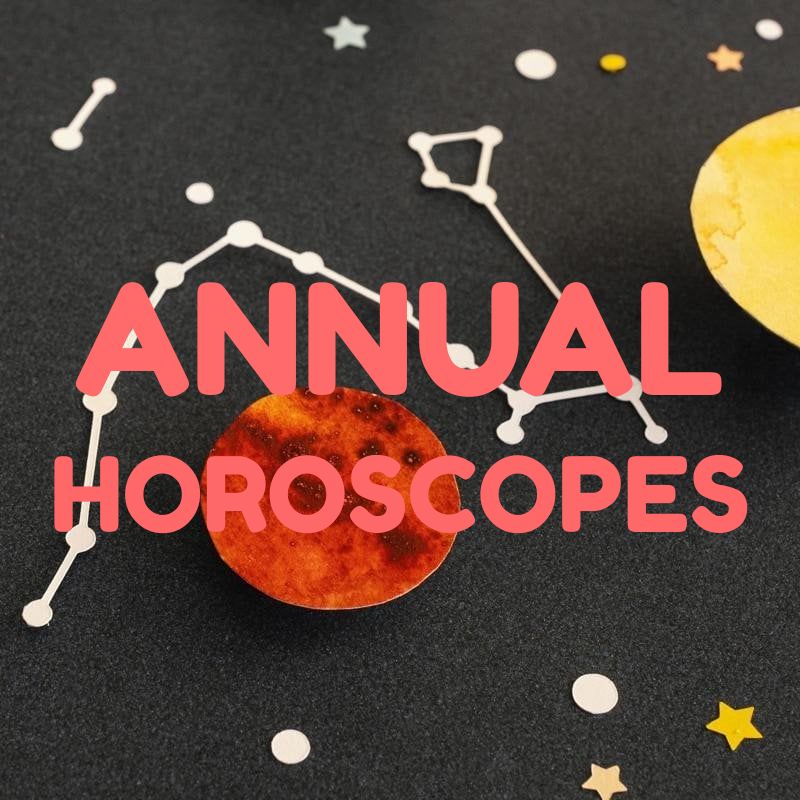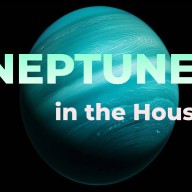Before the invention of the telescope, Saturn was the most distant planet that anyone could see. It marked the end of the solar system. Naturally, it came to represent limits. Today, it remains the most distant planet that’s easily visible with the naked eye, so that meaning still applies. But its image has improved. Thanks to the telescope and the Voyager space missions, everyone knows what Saturn looks like. Even people who have never looked through a telescope have seen pictures of its dazzling ring structure. And they know that it’s the most beautiful planet in the solar system.
In the realm of astrology, Saturn stands as the stern teacher, the taskmaster who guides us through the trials and tribulations of life. Often associated with restriction, discipline, and limitation, Saturn's influence is often perceived as challenging, yet it is through these challenges that we are given the opportunity to grow, mature, and develop our inner strength.

Saturn in Astronomy
The second largest planet (after Jupiter), Saturn is a gas giant surrounded by a broad collar of icy rings and at least 18 named moons (and counting). It’s so large that 95 Earths could fit inside it. But its density is so low that, if there were an ocean large enough to hold the entire planet, Saturn would float.
Saturn is most famous for its rings, which are made up of billions of icy particles. The rings are arranged in concentric circles around the planet, and they can be seen from Earth with a telescope. The rings are constantly changing, as particles are being added to and removed from them by Saturn's moons and other forces.
Saturn has at least 82 moons, but more are likely to be discovered. Some of the moons are large and round, while others are small and irregular. The largest moon, Titan, is larger than Mercury. Titan has a thick atmosphere and liquid methane lakes on its surface.

Saturn in Astrology
Saturn's symbol: ![]()
The symbol of Saturn, wherever it may be in your chart, marks the spot of your greatest challenges. Metaphysical astrologers describe it as the cross of matter and circumstances rising out of the crescent of personality, suggesting that humans create their own limitations and must find ways to confront them.
Key-words: Authority, Contraction, Concentration, Discipline, Saturn, Restriction, Structuring, Formation, Limitations.
Positive Influence: Helping others to structure their lives in a meaningful way. Very reliable.
Negative Influence: Rigid attitudes. Lack of joy in life, little spontaneity. Such individuals may become depressed as a result of their lack of ability to simply relax and enjoy life: life is seen as a dull series of unwanted burdens and obligations. Inhibitions. Obstacles.
Saturn takes 29,5 years to travel through the zodiac. It spends about 2,5 years in each sign.
Saturn rules the sign of Saturn and traditionally the sign of Aquarius.

Saturn's Influence
In astrology, Saturn represents the System and also the limitations a person can experience in his life. Its influence is serious and sombre. Saturn represents restriction, caution, organisation, endurance. It tells you where you have to face your fears — and also where you’re ambitious. It brings structure, discipline, boundaries, responsibility, duty, perseverance, and fear. It tests people and forces them to confront reality. As a result, Saturn has a terrible reputation, one that has been nurtured by generations of astrologers. With publicity like that, it’s no wonder that followers of astrology came to fear Saturn. Yet its reputation isn’t entirely deserved because, although Saturn does bring difficulties, it also helps create order. Saturn’s influence enables you to conquer your fears and to combat your inertia. It teaches you discipline so you can be responsible. If it forces you to struggle with depression, disappointment, poverty, and other obstacles, it also compels you to seek solutions, to set goals, to establish schedules, to work harder than you ever thought you could, and to get organised. Saturn is, in short, the planet of accomplishment.
As the second “social planet”, Saturn symbolises the societal structures which simultaneously limit and form us, and which in the end define us as members of society.
In conclusion, Saturn is a complex and multifaceted planet in astrology, representing both challenges and opportunities for growth and self-improvement. Its influence can be daunting at times, but ultimately it guides us towards achieving our goals and fulfilling our potential.
Saturn's Transits and Return
Saturn's transits, or its movements through the zodiac signs, can bring about significant changes and challenges in various areas of our lives. These transits are often seen as periods of growth and transformation, pushing us to confront our limitations and develop our inner strength.
Saturn's return, which occurs approximately every 29.5 years, is considered a major life event. It marks a significant turning point, representing a transition into a new phase of life with increased responsibility and maturity.
SATURN IN THE SIGNS AND IN THE HOUSES
Saturn’s placement by sign determines your sense of inadequacy, your fears and hesitations, the obstacles and liabilities that block your path, and the ways in which you try to overcome them. You can read more here.
Saturn’s position by house determines those areas of life in which you feel the pinch of limitation and will benefit from establishing boundaries, creating structures, and practising self-discipline. You can read more here.





















































